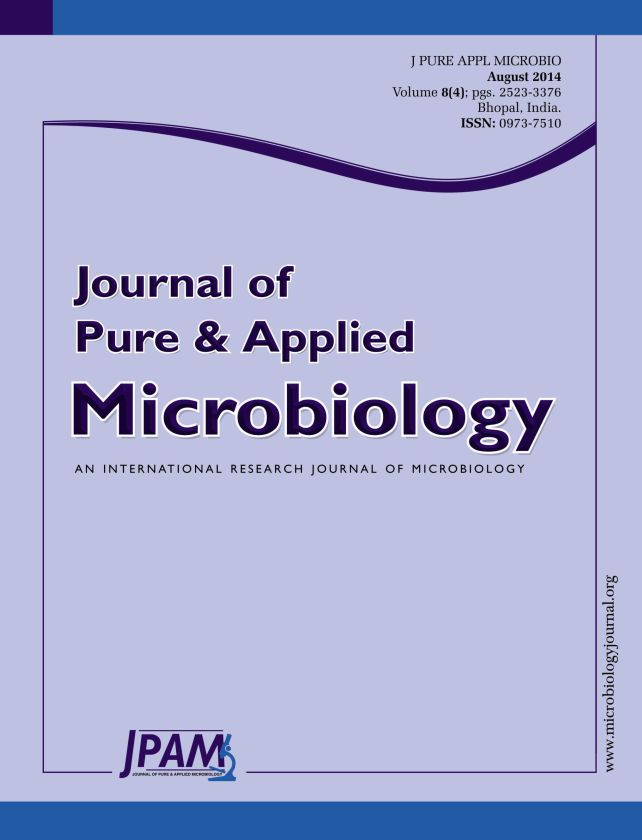Use of botanical preservatives gains attraction due to its environmentally safe, broad spectrum and high efficiency properties in the recent years. Natural decay resistance performance of Pterocarpus macrocarpus Kurz Xylem was conducted according to the Chinese standard of GB/T 13942.1-2009. Six different extracts were obtained by extracting Pterocarpus macrocarpus Kurz xylem with hot water, methanol, ethyl acetate, acetone, chloroform and mineral ether. Thereafter, Masson pine was impregnated with these different extracts of five different concentration, and the decay resistance performance of the treated wood was studied. The results showed that the natural decay resistance of Pterocarpus macrocarpus Kurz xylem meet the demand of degree I and showed strong resistance to fungal decay. The samples impregnated with 10% methanol extracts, 10% ethyl acetate extracts, 10% acetone extracts or 10% chloroform extracts could met the demand of degree I (LY/T 1283-2011) for preservation and showed strong resistance to Gloeophyllum trabeum (G. trabeum). The results from scanning electron microscopy (SEM) analysis indicated that the tube structure of the decayed sample which treated with methanol extracts was more complete than that treated with hot water extract\s, which revealed that treatment with methanol extracts provided better anti-corrosion effect relatively.
Pterocarpus macrocarpus Kurz, Extracts, Gloeophyllum trabeum, Decay resistance, Wood preservatives, SEM
© The Author(s) 2014. Open Access. This article is distributed under the terms of the Creative Commons Attribution 4.0 International License which permits unrestricted use, sharing, distribution, and reproduction in any medium, provided you give appropriate credit to the original author(s) and the source, provide a link to the Creative Commons license, and indicate if changes were made.


